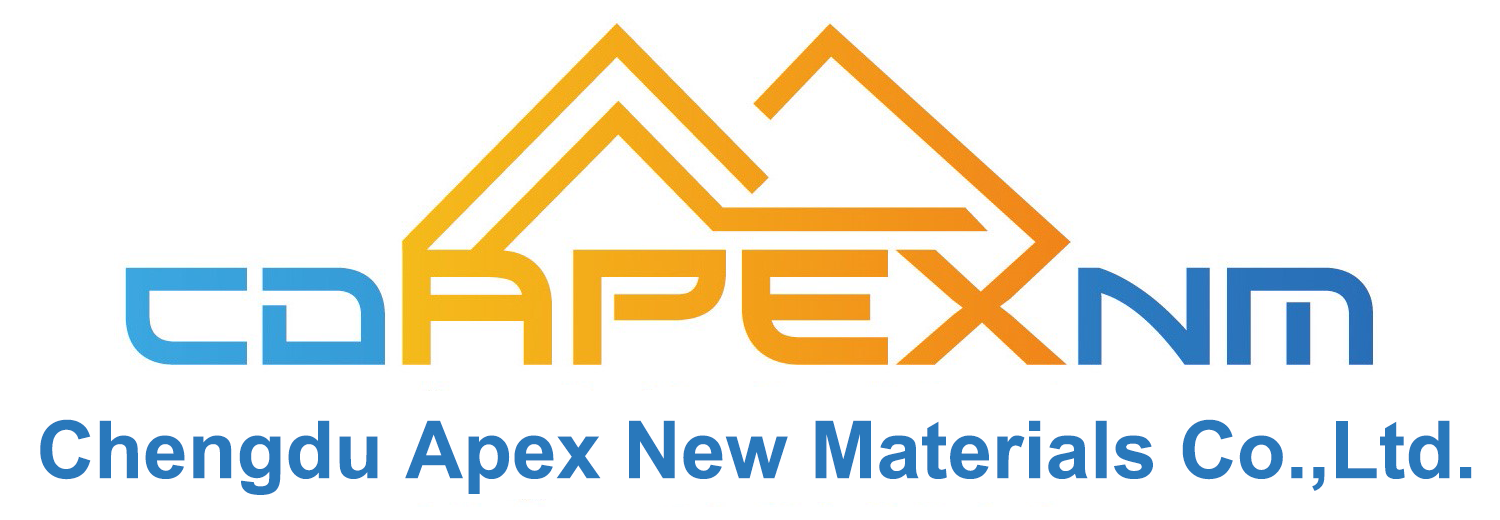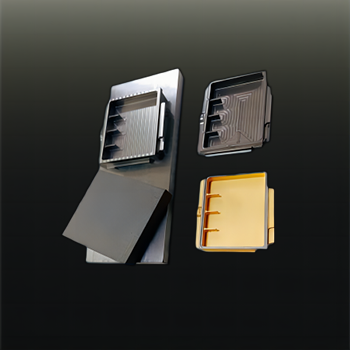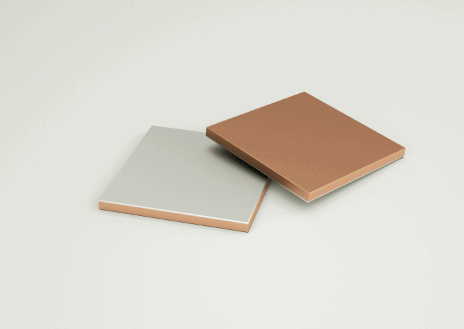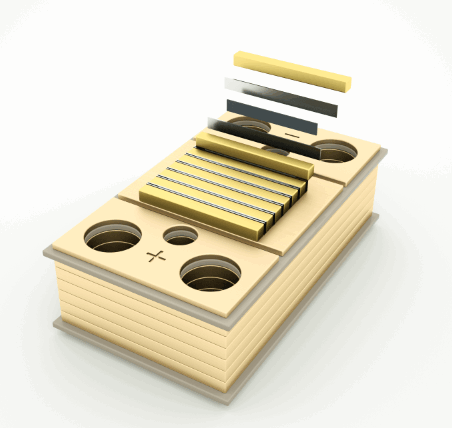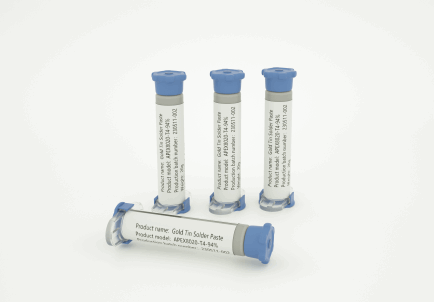Introduction to the Production Process and Steps of Copper-Aluminum Composite Plates
For the current copper-aluminum composite plate industry, generally speaking, it is divided into three types of solid solution process, welding process, and explosive welding process. Because copper-aluminum composite is a relatively popular and novel industry, many friends hope to understand the introduction of the production process steps of copper-aluminum composite plates.
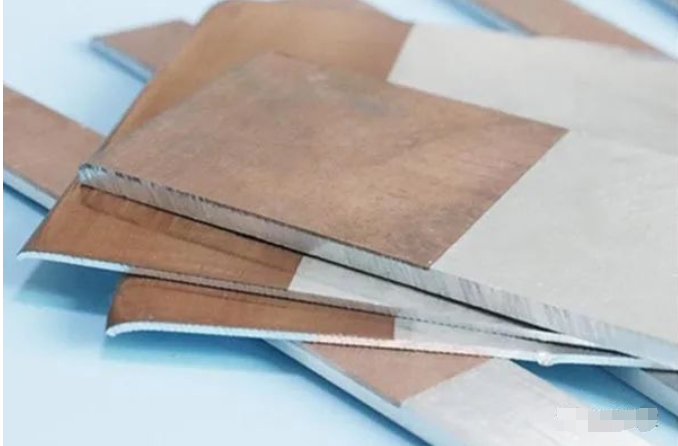
Introduction to copper-aluminum composite plate process
At present, the production methods of metal composite plates can be generally divided into three categories: solid-solid phase composite method, liquid-solid phase composite method, and liquid-liquid phase composite method.
- Solid-solid phase composite method includes explosive composite method, extrusion composite method, explosive welding hot rolling method, rolling composite method, diffusion composite method, diffusion welding method, etc.;
- Liquid-solid phase composite method includes composite casting method, reverse solidification method, spraying composite method, brazing method, casting and rolling method, etc.;
- Liquid-liquid phase composite method currently only has electromagnetic continuous casting to produce composite plates.
After decades of research and practice by scholars, many research results have been achieved in the production methods of copper-aluminum bimetallic composite plates, which are described in detail below.
Manufacturing process of copper-aluminum composite plate:
- Hot rolling method: mainly rolling transition plate.
- Cold rolling method: mainly rolling composite thin plate.
The raw materials of copper-aluminum composite plate are all our high-quality products, and the copper material uses "T2" material. The chemical composition is stable and the composite strength is high. It can be bent, drilled, stamped and other deep processing. Copper-aluminum transition plate: The product composite speed is very fast, completed in an instant, with high bonding strength, and composite thick plate is produced. The copper-aluminum composite plate produced in this way is widely used in industrial fields such as petroleum, chemical industry, shipbuilding, electronics, electricity, metallurgy, machinery, aerospace, atomic energy, etc. Copper-aluminum composite plate: Composite thin plate can be produced. First, the rolling embryo is produced by the composite method, and then the thin plate is rolled by rolling.
Copper-aluminum composite plate production process steps
- Explosive composite method
It uses explosives as energy. After the explosives are detonated, they are self-accelerated and transformed into stable detonation, and move forward at the recommended speed. The composite plate collides with the substrate at the recommended angle under the action of the explosion shock wave and the pressure of the detonation products, thereby achieving metallurgical bonding between the substrate and the composite layer. The composite plate produced by this method has high bonding strength and fast speed. For the welding of plates with an area of several square meters, the above process can be completed within a few thousandths of a second. Therefore, the explosive composite method is particularly suitable for large-scale composites of one metal and another metal, welding of pipes, and metal welding that is difficult or impossible to produce by other methods (the melting points of the two metals are very different, the thermal expansion coefficients and hardness are very different).
- Extrusion drawing composite method
Extrusion drawing composite method is mainly used to produce bimetallic tubes, rods, wires and cracked materials with simple cross-sections. However, for the production of copper-aluminum bimetallic composite plates with relatively narrow widths, the extrusion drawing-rolling composite method is a very suitable composite method. First of all, the materials of copper and aluminum are relatively soft and easy to achieve extrusion drawing; secondly, the drawing process is relatively simple and the equipment requirements are not high. The most important thing is that this method can easily achieve copper coating on all four sides of the aluminum core. The method is: clean the surface of the copper and aluminum metals to be composited and assemble them into extrusion drawing billets, and then extrude and draw them at an appropriate temperature extrusion drawing ratio, so that the metals are in close contact and composited under the action of tensile pressure. Usually, the copper-aluminum composite products obtained by extrusion drawing are bars, but we only need to roll the bar composite products obtained by extrusion drawing according to the recommended reduction rate to obtain the required copper-aluminum composite plates. This method is particularly suitable for the production of continuous rectangular and rectangular cross-section composite profiles, but the width is generally limited.
- Rolling composite method
Rolling method is one of the most common production methods. The development of the rolling composite method is also relatively early. Hot rolling composite method appeared in the 1950s, and cold rolling composite method appeared in the 1950s. At present, both hot rolling and cold rolling can be used to produce copper-aluminum bimetallic composite plates. Based on the previous experiments, the cold rolling and hot rolling of copper-aluminum bimetallic composite will be studied. Hot rolling and cold rolling both use rolling pressure to deform and extend the two metals, and the fresh metals are in contact and combined under the action of rolling pressure through the destruction of the oxide layer and contamination layer at the metal contact interface. The rolling composite method is a method of bringing two clean metal plates into contact with each other and combining the metals through the pressure of the rolling mill. It is a more common method for producing composite plates. It is divided into hot rolling composite method and cold rolling composite method. The hot rolling composite method combines the reinforcement and the matrix material, and then heats them to a certain temperature and hot rolls them to make them composite. Cold rolling composite has developed rapidly in recent years. This method has low production cost, is suitable for mass production, and can produce products of larger length and width. However, the rolling process of this method is not mature yet, and often requires subsequent treatment. The rolling deformation is large, and the rolling mill power requirement is high. In addition, it is difficult to achieve all-around coating when using the rolling composite method to produce copper-aluminum composite plates with the recommended thickness.
The production process of copper-aluminum bimetallic composite plates and strips is to completely melt the aluminum ingot into aluminum liquid, and then place it in a static furnace, degas and filter it online before flowing into the composite zone. The copper plate and strip directly enter the composite zone and contact the surface of the aluminum liquid, and continuously roll out the copper-aluminum bimetallic composite plates and strips. Solve the problems of high production cost, high energy consumption, complex process, high labor intensity and environmental pollution in the existing aluminum-copper composite metal plate and strip production methods, so as to reduce production costs, improve production efficiency, avoid environmental pollution and improve product quality. It has the characteristics of energy saving and consumption reduction, advanced process and high yield rate.
For the heat dissipation industry, copper-aluminum composite plates can be used in various products such as raw materials for skived radiators, stamping Fin materials, heat dissipation substrates, heat spreader shells, LED copper-aluminum composite radiator substrates, and communication substrates. When the heat dissipation capacity is not greatly reduced, the product weight can be reduced by more than half. Apex-New Material can provide copper-aluminum composite sheet resources. If you have any needs, please contact us.
